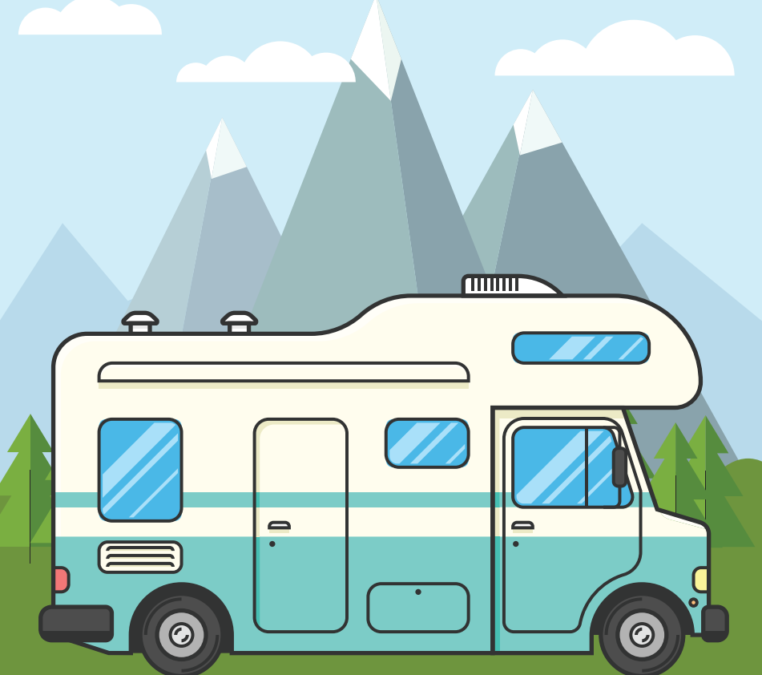Changes in RVing

The Smokey Mountains and California coastlines are must-visit destinations for any RV road-tripper, but treasures in your own backyard are not to be overlooked.
There are thousands of public and privately owned campgrounds across the nation, which means there is a scenic spot for your RV in a place near you. The “stay-cation” is gaining more traction for RVers everywhere.
Local campgrounds are popular because of the wide array of activities they offer families. Fun-filled times can be had in swimming pools, playgrounds and game rooms, or kids can enjoy fishing in a nearby lake.
Luxury RV parks are popping up throughout the country with tennis courts, golf courses and even health and beauty spas. The opportunities are endless in a rapidly changing industry.
Shorter Trips, More Interest
Many studies show that Americans are re-defining what it means to take a vacation, as economic factors have forced shorter, more locally based adventures. These changes favor the RV industry, which can help families save money in the long run because of reduced costs for hotels and plane tickets. Among U.S. households that have never owned an RV, more than one in seven expressed interest in purchasing one in the future, according to a recent study by the University of Michigan.
New Technology
From younger generations to senior citizens, the RV industry knows no limitations. Empty-nesters are traditionally strong potential RV buyers, but younger buyers also are emerging as manufacturers are incorporating new innovations to make the vehicles more tech-savvy and enabled. Fuel efficiency also is at the forefront of focus for RV makers. Green technologies such as solar panels, lighter towable equipment and more efficient engines are leading the charge and making RVs less expensive to keep fueled.
On The Rise
A recent Harris Interactive study uncovered some interesting statistics that offer a promising glimpse into the future of the RV industry:
- Generation Xers (birthdates ranging from the 1960s to 1980s) exhibit interests in outdoor activities that are highly compatible with RVing.
- Ownership and demographic trends favor substantial RV market growth, with baby boomers entering the age range of 55 to 64 boasting a traditionally high RV ownership rate.
